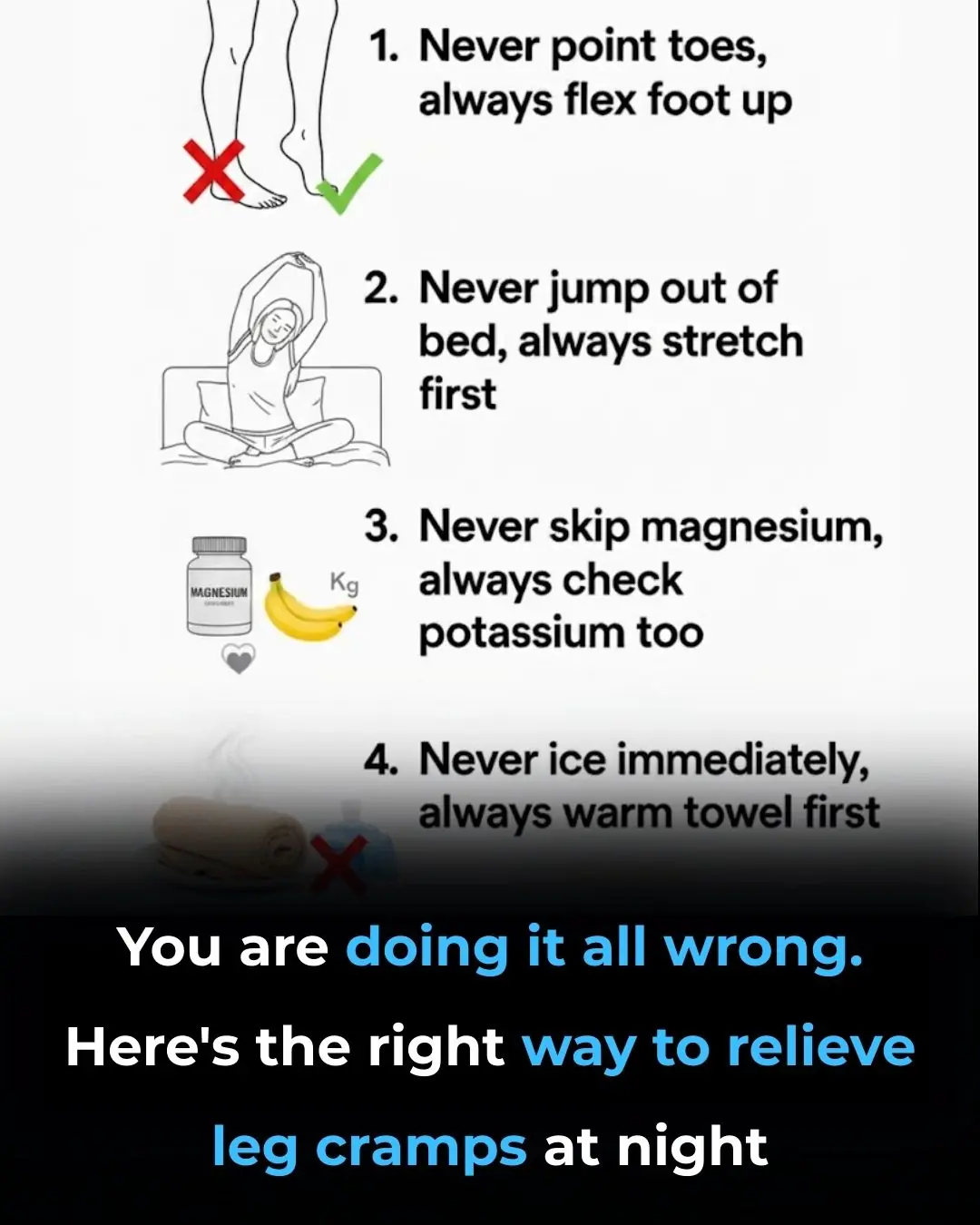
WHAT IS THROMBOSIS? SYMPTOMS AND HOW TO PREVENT IT
Thrombosis is a serious medical condition that occurs when a blood clot forms inside a blood vessel, obstructing the flow of blood through the circulatory system. Blood clots are essential for stopping bleeding when injuries occur, but when they develop in the wrong place or at the wrong time, they can become dangerous. Thrombosis can happen in veins or arteries, and the consequences range from mild discomfort to life-threatening complications such as pulmonary embolism, stroke, or heart attack. Because of its often-silent development and potentially severe outcomes, understanding thrombosis, its warning signs, and prevention measures is crucial for protecting long-term health.
There are two main types of thrombosis. Deep Vein Thrombosis (DVT) occurs when a clot forms in a deep vein, typically in the legs. This type of clot can travel to the lungs and cause a pulmonary embolism, a medical emergency. Arterial thrombosis, on the other hand, occurs when a clot forms in an artery, reducing or blocking blood flow to vital organs. This may lead to a heart attack if it occurs in a coronary artery, or a stroke if it affects an artery supplying the brain. Although these two forms of thrombosis differ, they share common risk factors such as prolonged immobility, smoking, obesity, high blood pressure, certain genetic conditions, and underlying diseases such as diabetes or cancer.
Recognizing the symptoms of thrombosis is essential because early detection can significantly reduce the risk of complications. The signs of Deep Vein Thrombosis often include swelling in one leg, warmth in the affected area, skin discoloration, and pain that worsens when walking or standing. Some people describe the pain as similar to muscle cramps, which can make the condition easy to overlook. Pulmonary embolism, which can result from DVT, may cause sudden shortness of breath, chest pain that worsens when breathing deeply, dizziness, or coughing up blood. In the case of arterial thrombosis, symptoms may appear suddenly and include severe pain, numbness, difficulty moving a limb, or loss of sensation. These symptoms require immediate medical attention, as delaying treatment can lead to permanent damage or even death.
Fortunately, there are several effective ways to reduce the risk of thrombosis. One of the most important preventive measures is maintaining an active lifestyle. Regular physical activity improves blood circulation and reduces the chance of blood pooling in the legs. For individuals who sit for long periods—such as office workers or long-distance travelers—standing up, stretching, and walking every hour can significantly lower the risk. Staying hydrated, avoiding smoking, and managing weight are also key strategies, as dehydration and obesity can contribute to blood clot formation.
In addition, monitoring and controlling chronic health conditions is essential. High blood pressure, diabetes, and high cholesterol weaken blood vessels over time, making them more susceptible to clot formation. A balanced diet rich in fruits, vegetables, whole grains, and healthy fats supports vascular health and reduces inflammation. Some people with specific medical conditions or genetic risks may be prescribed blood-thinning medications, but these should only be used under the guidance of a healthcare professional.
Thrombosis is a condition that can develop quietly, but its consequences can be severe. By learning to recognize early symptoms and adopting healthy lifestyle habits, individuals can greatly reduce their risk. Prevention begins with awareness—understanding how clots form, knowing the warning signs, and taking daily steps to protect blood vessel health. While thrombosis is a serious medical issue, many cases are preventable, making knowledge one of the most powerful tools for safeguarding long-term well-being.
News in the same category

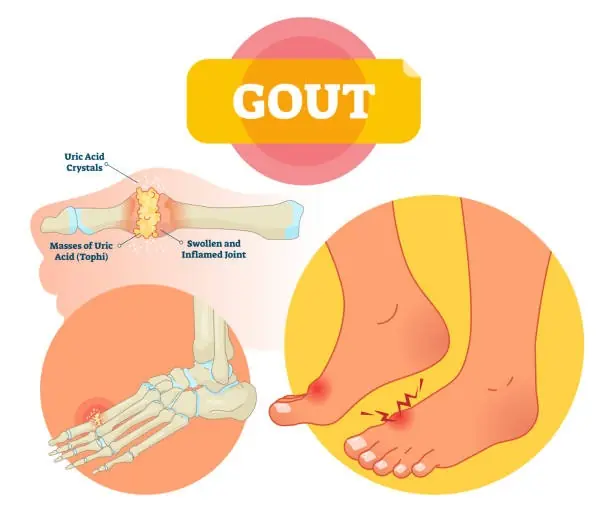
Few Know This Trick To Stop Uric Acid Crystals From Destroying Joints

The Surprising Healing Power of Onion Milk

AVOID Ginger If You Have THESE Health Problems

12 medications you should never mix with coffee
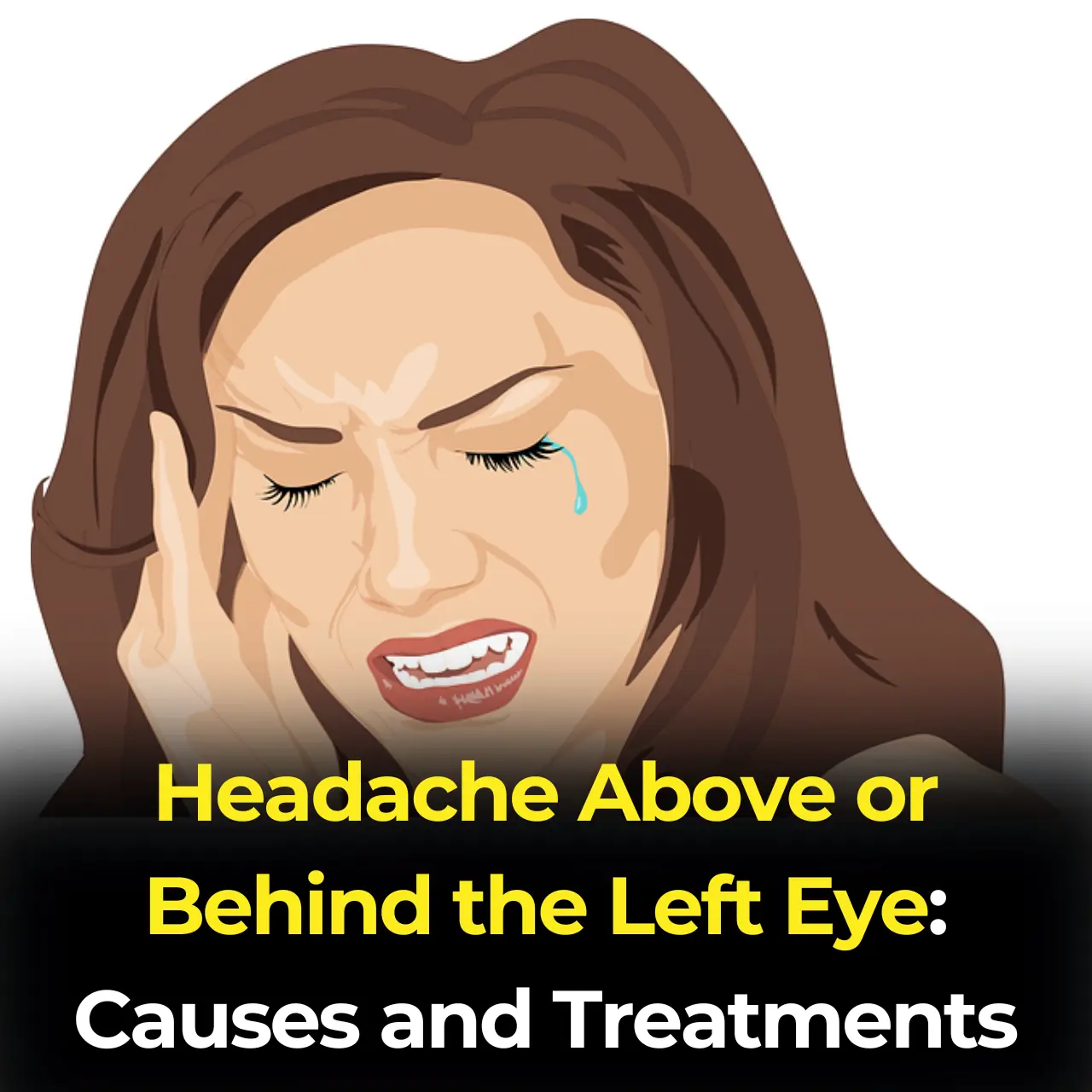
Headache Above or Behind the Left Eye: Causes and Treatments

7 best foods to rebuild your muscle strength after 50

The B vitamin solution: lower blood pressure when medications fail

Take this one shot and watch what happens to your blood pressure

5 Unique Things You Only Experience When Loving an Older Woman
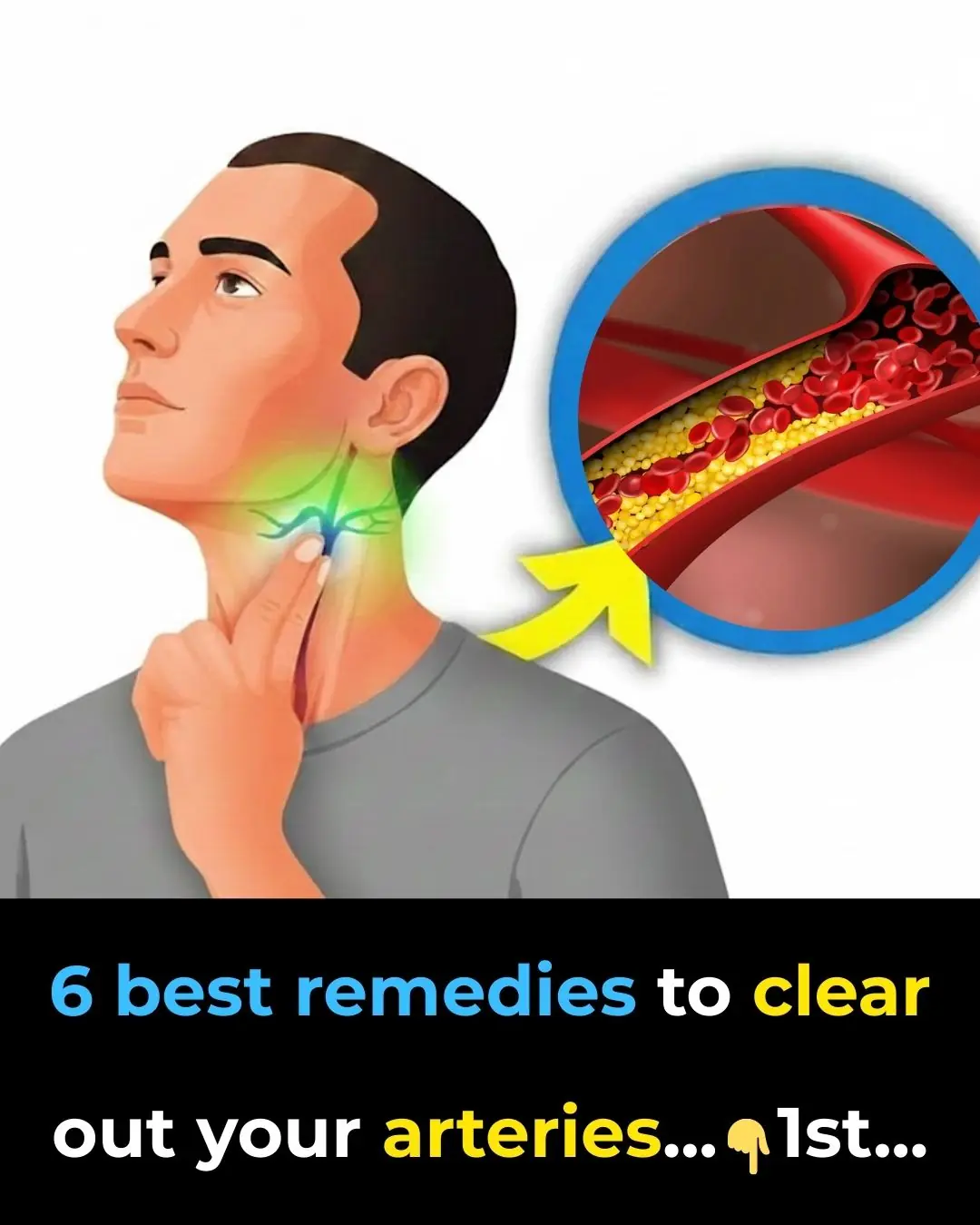
6 Best Remedies To Clear Out Your Arteries

Fix your gut to fix your nerves: the hidden link most people overlook

6 fruits that help your body fight cancer cells naturally
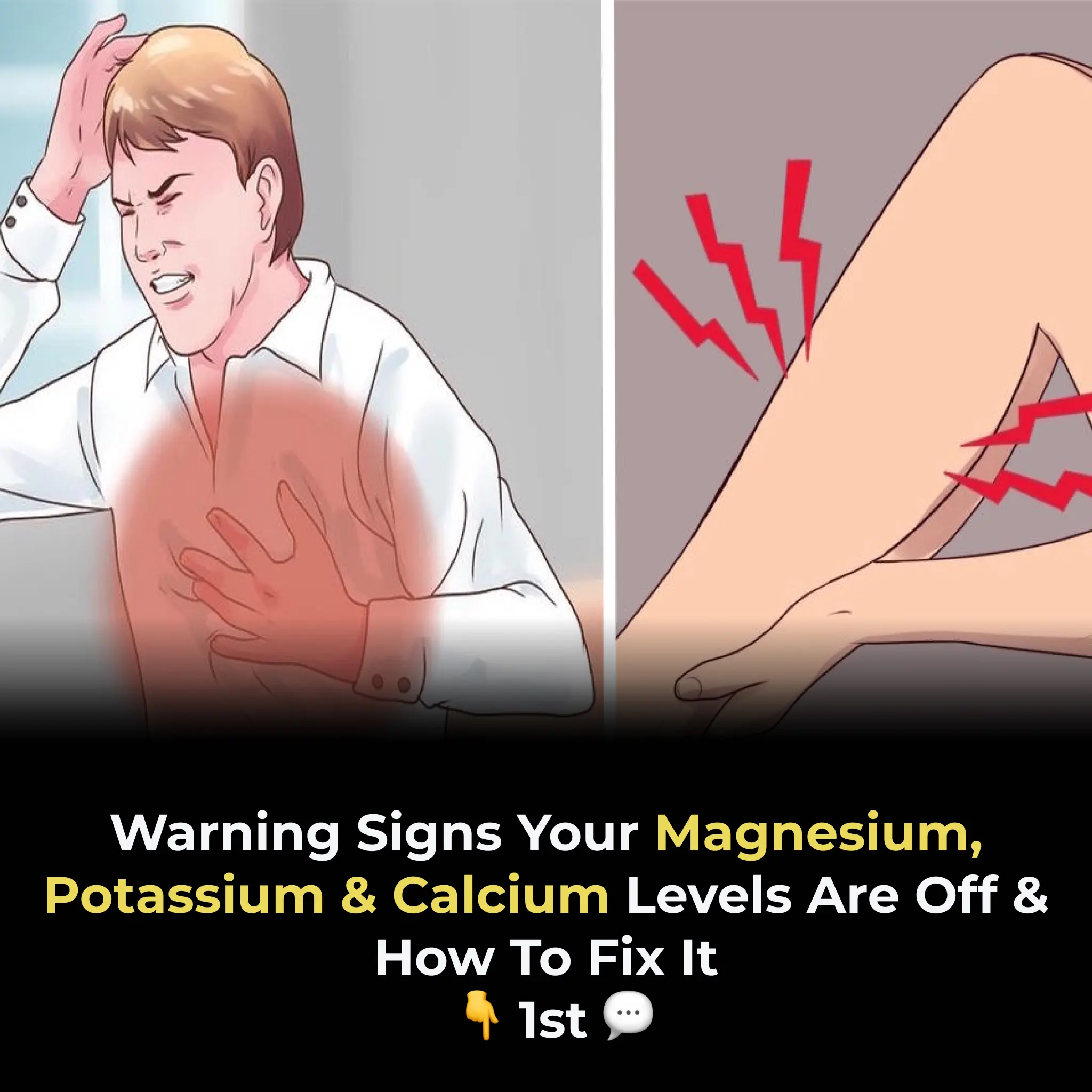
Warning Signs Your Magnesium, Potassium, and Calcium Levels Are OFF and How to FIX It!

Doctors reveal the no.1 supplement to reduce dementia risk

Top 5 veggies to detox your arteries & prevent heart attacks!

THIS SEED: AFTER 50, IT STRENGTHENS BONES & CURES ALL PAINS
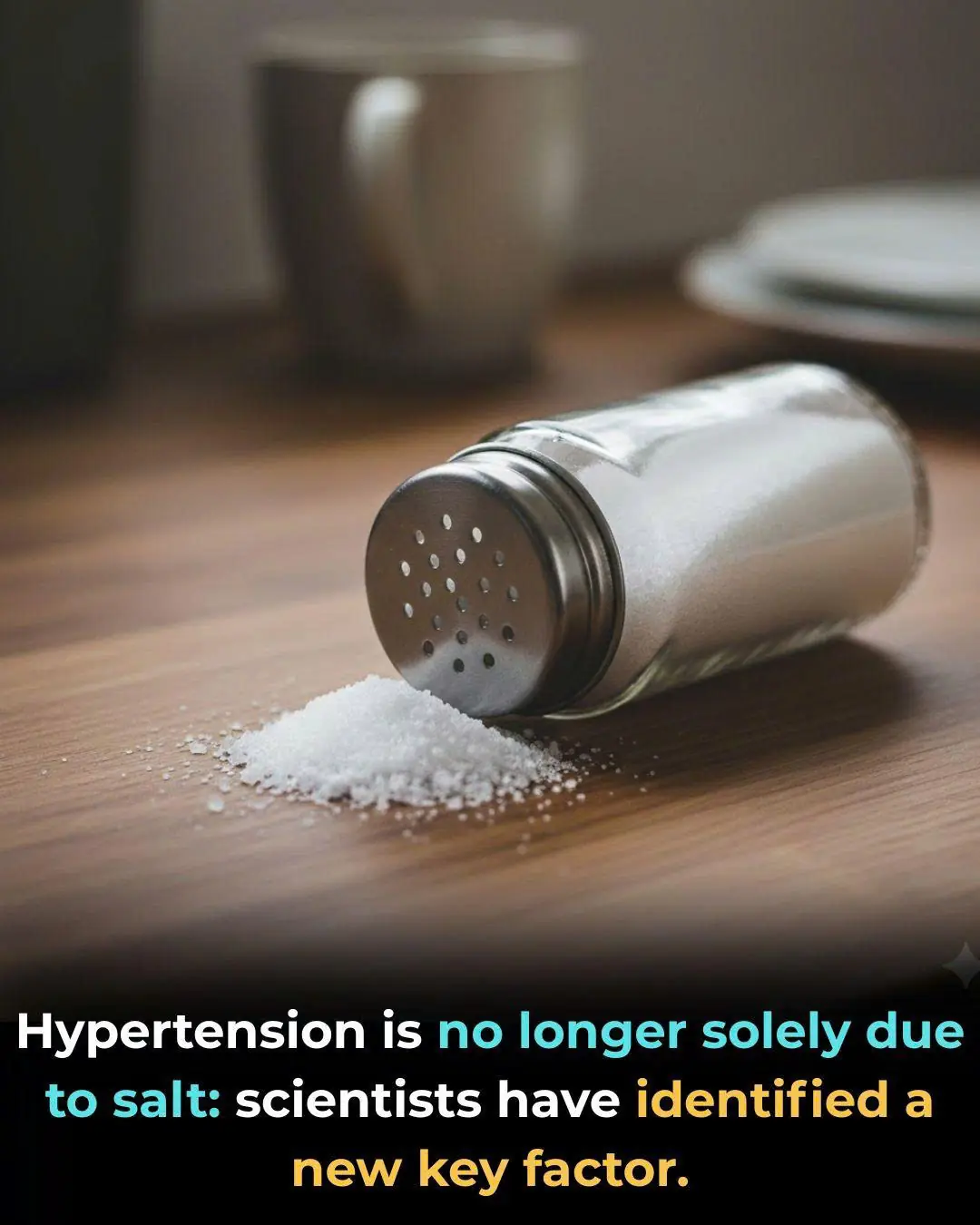
High Blood Pressure Has a New Culprit
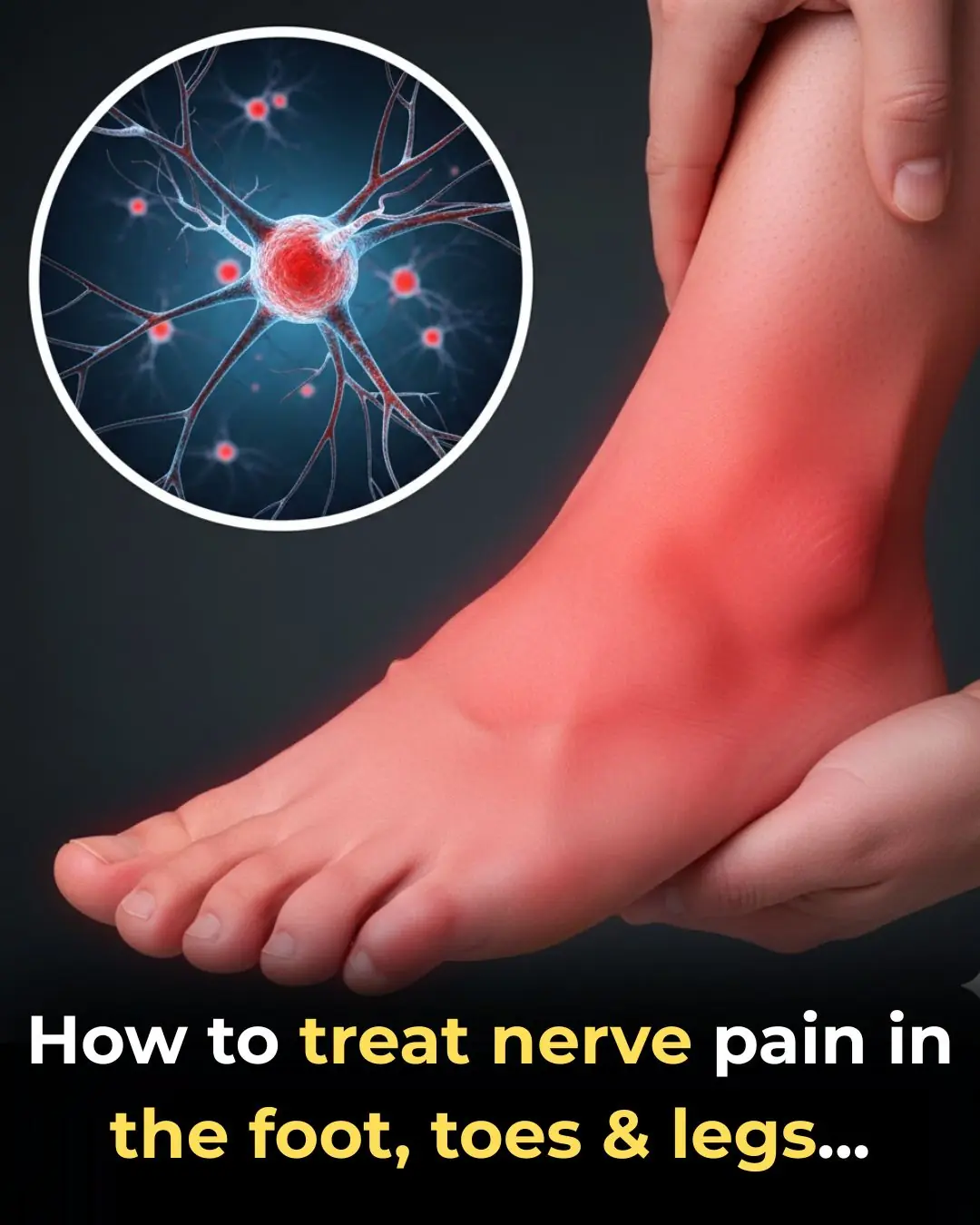
How to treat nerve pain in the foot, toes & legs
News Post
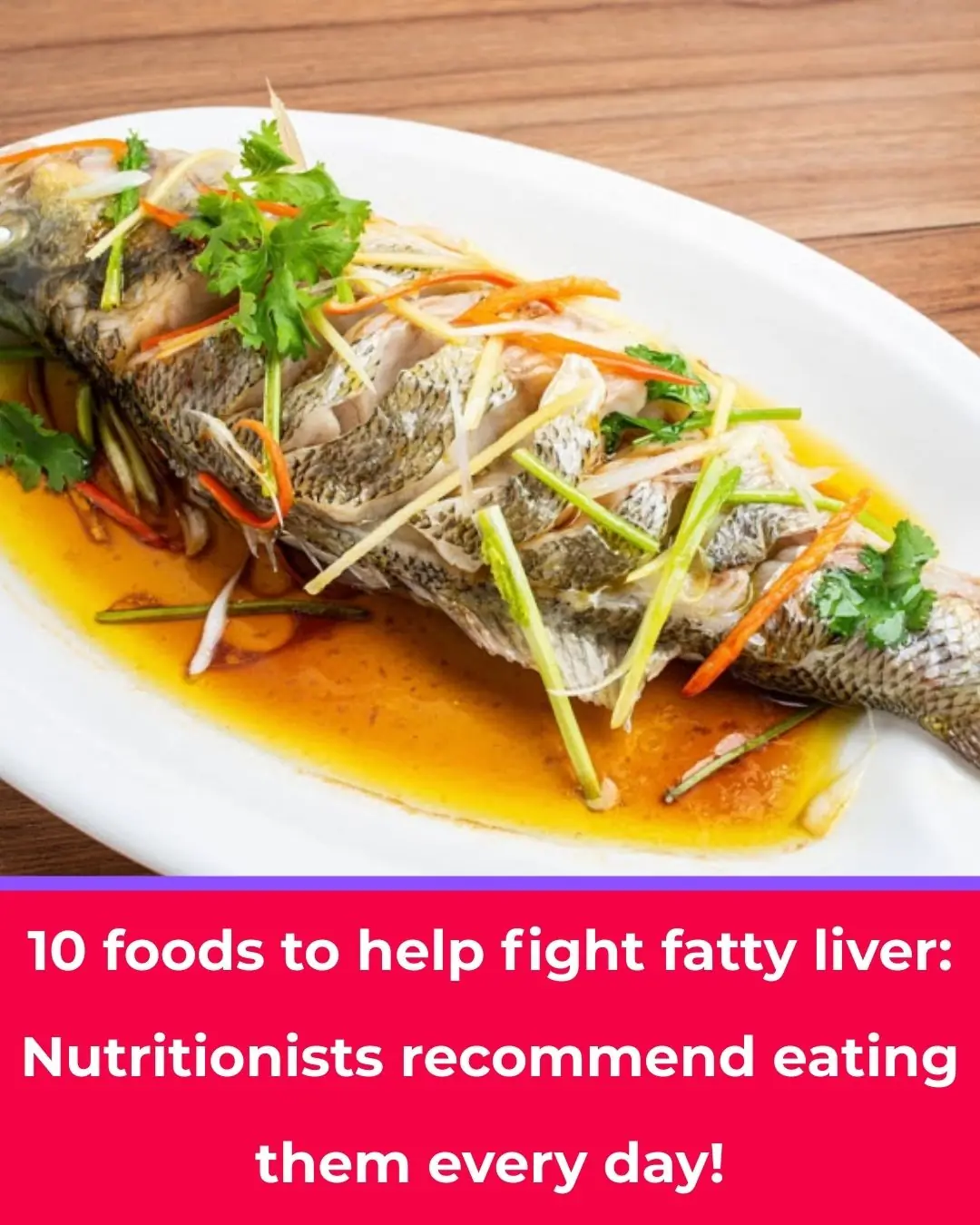
10 Foods That Help Combat Fatty Liver: Nutrition Experts Recommend Eating Them Daily

Don’t Throw Away Bubble Wrap—Keep It in Your Kitchen and You’ll Be Surprised by Its Uses

You are doing it all wrong. Here’s the right way to relieve leg cramps at night

Dirty fan? No need to remove the frame or use water: This simple method makes your fan spotless and shiny

Revolutionary Alzheimer's Treatment: Sound Waves Used to Remove Brain Plaques and Restore Memory

Few Know This Trick To Stop Uric Acid Crystals From Destroying Joints

Natural Eyelash Growth Remedies – Oils, Serums & Home Treatments

From Space to Earth: The Science Behind Felix Baumgartner’s Record-Breaking Jump

Transforming Oil into Green Prosperity: The Success of Norway’s Sovereign Wealth Fund

Maximize Broccoli's Cancer-Fighting Power: The Simple Trick That Boosts Sulforaphane Formation

Hidden Fungi in Your Nose: A Surprising Cause of Allergies and Asthma

From Dialysis to Remission: How New Drugs Are Changing the Fight Against Chronic Kidney Disease

The Hidden Beauty of Grass: Discovering Smiling Faces Under the Microscope

The Quiet of Blue Whales: How Climate Change is Affecting Whale Behavior and Ecosystems

The Arrival of Mosquitoes in Iceland: A Sign of Shifting Ecosystems and Public Health Risks

PP405: A Promising New Drug That Could Revolutionize Hair Loss Treatment by Reactivating Dormant Hair Follicles

Astronomers Capture Groundbreaking Image of New Solar System Formation

Denmark's 'Rolling Grocer' Initiative Brings Fresh Food and Community Connection to Rural Seniors
